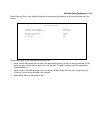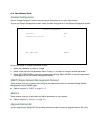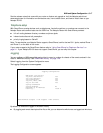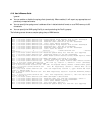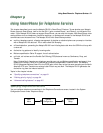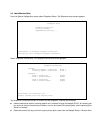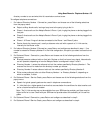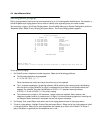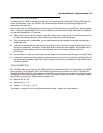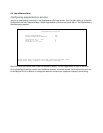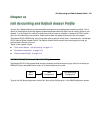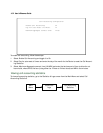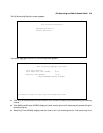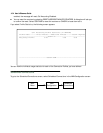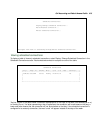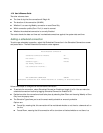
Using SmartPhone for Telephone Services 9-5
Advanced calling features
The Netopia R3100 ISDN Router supports call hold, call retrieve and the Flexible Call Offering (FCO) features
known as Conference, Drop, and Transfer. This allows multiple services to be performed using only the
hook-switch as an activator.
Note: A flash hook is currently defined as one on hook/off hook transition of at least 200 ms, but not greater
than 1.3 seconds. A double flash hook is currently defined as two on hook/off hook transitions of at least 200
ms, with both completing in 1.3 seconds.
■ While a call is active, you can initiate a single flash hook to start a second call. This will place the first call
on hold, and provide a dial tone. Two individual active calls per channel are allowed.
■ Once the second call is established, you can switch back and forth between the two calls by sending a
single flash hook.
■ If you want to conference two calls that are active (one on hold, and one live) send a double flash hook to
activate the conference, followed by a single flash hook to bridge the calls together. This process can be
repeated to bridge additional users to the conference, up to the maximum allowed by the line's
provisioning.
■ If a conference is active, you can drop the last call added to the conference by issuing a double flash hook.
■ If you want to transfer an active conference (allow the two calls to continue to talk after the Netopia R3100
has disconnected), send a single flash hook to receive a new dial tone, followed by a double flash hook to
initiate the transfer.
Line provisioning
NI-1 and DMS-100 custom lines use the Q.932 protocol (an extension to Q.931) for hold/retrieve and Flexible
Calling services. For Conference, Drop, and Transfer, the services are initiated via a “key ID” informational
message. The Netopia R3100's Key settings and the ISDN line’s provisioning must match for a feature to work.
The Netopia R3100 currently uses a default of 7,8,9 for Conference, Drop, and Transfer, respectively. Defaults
vary by switch manufacturer. Some common examples are:
■ BellCore: 60, 61, 62
■ Ascend (old): 6, 7, 8
■ PacBell: 7, 8, 9 and 17, 18, 19
The range is 1 through 64, with many phone companies using 1 through 9 to save memory.



